Home>diy>Architecture & Design>Where Is The Façade Located In The Middle Ages
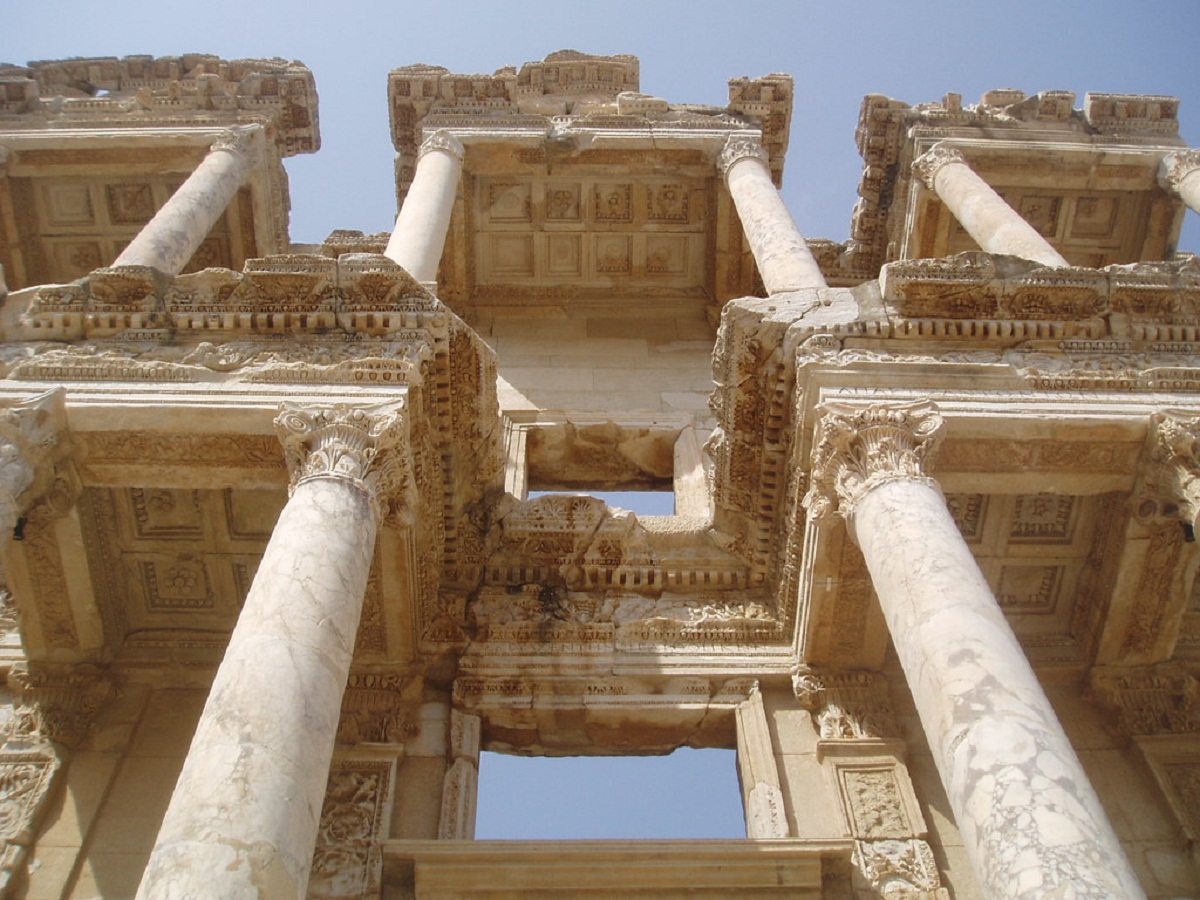

Architecture & Design
Where Is The Façade Located In The Middle Ages
Modified: December 7, 2023
Discover the location of the medieval façade in the Middle Ages with our insightful guide on architecture design.
(Many of the links in this article redirect to a specific reviewed product. Your purchase of these products through affiliate links helps to generate commission for Storables.com, at no extra cost. Learn more)
Introduction
In the rich tapestry of medieval architecture, the façade stands as a defining feature that captures the essence and grandeur of a building. In the middle ages, the façade played a vital role in not only serving as a functional aspect of a structure but also as a symbol of power, prestige, and religious devotion.
The term “façade” refers to the external face or front of a building. It is the first impression that greets visitors, evoking a sense of awe and curiosity. The façade often portrays the architectural style and design principles that prevailed during the middle ages, making it a valuable reflection of the period’s cultural and artistic achievements.
During this time, churches, cathedrals, castles, and other monumental structures served as significant landmarks and centers of community life. The façades of these buildings were meticulously designed to communicate specific messages, whether through religious symbolism, political statements, or heralding the wealth and influence of the patron.
The purpose of this article is to delve deeper into the world of façades in the middle ages, exploring their definition, historical significance, architectural elements, materials used, decorative features, famous examples, evolution, and preservation.
By understanding the intricacies and artistry behind these remarkable structures, we can gain a more profound appreciation for the ingenuity and craftsmanship of medieval architecture.
Key Takeaways:
- Medieval façades were more than just external coverings; they represented religious devotion, political power, and community identity, showcasing the artistry and cultural values of the era.
- The preservation and restoration of medieval façades require meticulous research, skilled craftsmanship, and ongoing maintenance to ensure their longevity and cultural significance.
Definition of Façade in the Middle Ages
In the middle ages, the façade of a building referred to the exterior facing wall that was visible from the front. It encompassed the architectural elements and embellishments that adorned the entrance or main facing of the structure.
The term “façade” itself stems from the French word “face,” meaning face or front. It derived from the Latin term “facies,” which has a similar meaning. The façade was more than just an outer covering; it was the public face of a building, representing the building’s purpose and significance in the community.
The façade played a crucial role in communicating messages and capturing the attention of visitors. It served as a visual representation of the building’s function, such as a church, a residential palace, a commercial establishment, or a defensive fortress.
During the middle ages, the façade was often adorned with intricate architectural elements, decorative features, and symbolism. These elements were carefully designed to engage the beholder and convey the desired message, whether spiritual, political, or societal.
While the façade typically referred to the front-facing wall, it could also extend to other visible sides of the building, depending on its significance and purpose. For example, in a church or cathedral, the main entrance façade, known as the west façade, was usually the most elaborate and decorated. However, other sides of the building, such as the transept or choir façades, could also feature important architectural elements and decorative elements.
Overall, the façade in the middle ages represented much more than just an outward appearance. It was a testament to the skill and artistry of the architects and craftsmen of the time, leaving an indelible mark on the cultural and architectural legacy of the era.
Historical Significance of the Façade
The façade holds great historical significance in the context of medieval architecture. It symbolized the power, influence, and aspirations of the individuals or institutions associated with the building. Let’s explore the various aspects of its historical significance.
Religious Devotion: In medieval times, religion played a central role in people’s lives. Churches and cathedrals, with their majestic façades, were considered sacred spaces where individuals sought spiritual solace and divine connection. The elaborate decorations and intricate architectural details on the façade conveyed a sense of reverence and awe, inviting worshippers to enter and engage in religious rituals.
Political Statements: Façades often served as a platform for political statements in medieval times. Rulers and nobles used architectural elements and decorative features to display their authority and wealth. The grandeur of the façade conveyed a message of power and prestige, asserting the superiority and legitimacy of the ruling class.
Community Identity: The façade of a building represented the identity and aspirations of a community. It showcased their collective achievements and cultural values. For example, guildhalls displayed their economic significance and solidarity, while town halls depicted the civic pride and autonomy of a city or town. The façade became a visual marker that distinguished one community from another.
Functional Expression: The façade also served a functional purpose. It provided access to the interior of the building and acted as a protective barrier against external threats. In defensive structures such as castles, the façade featured fortified elements and defensive mechanisms to deter potential invaders. The design and layout of the façade were carefully planned to ensure efficient movement and circulation within the building.
Cultural and Artistic Expression: Medieval façades were a testament to the craftsmanship and artistic skill of the builders and artisans. The intricate carvings, sculptural details, stained glass windows, and ornate portals showcased the creativity and mastery of various art forms. They also reflected the prevailing architectural styles and design principles of the time, such as Romanesque and Gothic architecture.
The historical significance of the façade in medieval architecture cannot be understated. It played a vital role in shaping the visual landscape of cities and towns, leaving behind a lasting legacy that continues to inspire admiration and fascination.
Architectural Elements of the Façade
The façade of a building in the middle ages was a complex composition of various architectural elements, each serving a specific purpose and contributing to the overall aesthetic appeal. Here are some of the key architectural elements commonly found in medieval façades:
Portal: The portal, or entranceway, was a prominent feature of the façade. It often consisted of a grand, arched doorway that served as the main point of entry into the building. The portal was intricately decorated with sculptures, relief carvings, and ornamental details, symbolizing the importance of the building and leading visitors into the sacred or significant space beyond.
Architectural Proportions: The proportions of the façade were carefully considered to achieve visual harmony and balance. Classical architectural principles, such as the use of the golden ratio and the implementation of geometric forms, guided the design process. These proportions dictated the height and width relationships between different architectural elements, ensuring a pleasing and cohesive composition.
Columns and Pillars: Columns and pillars provided structural support to the façade and added a sense of verticality and elegance. They were often embellished with intricate carvings, spiraling designs, or decorative capitals. The arrangement and style of the columns varied depending on the architectural style prevalent in the region and the period.
Archways: Archways were a recurring architectural feature in medieval façades. They were used to create openings and entrances, provide structural support, and add aesthetic appeal. The arches often incorporated elaborate moldings, sculptural details, and decorative motifs, showcasing the skill and craftsmanship of the stonemasons and carvers.
Windows: Windows played a dual role in the façade, both functional and decorative. They provided natural light to the building’s interior while also contributing to the overall design aesthetic. In Gothic architecture, windows became an elaborate focal point, featuring intricate tracery patterns and stained glass that filled the space with vibrant colors and narratives from religious stories.
Towers and Spires: Towers and spires were prominent architectural elements that adorned many medieval façades. These vertical structures served as visual markers, signaling the presence of important buildings or highlighting the verticality of the structure. They often featured decorative details, such as pinnacles, finials, and ornamental sculptures, adding an element of grandeur to the façade.
Roofline and Parapets: The roofline and parapets played a crucial role in shaping the silhouette of the façade. The design of the roofline varied depending on the architectural style, ranging from steep gables in the Gothic period to the low-pitched roofs in Romanesque architecture. Parapets, ornamental barriers along the edge of the roof, provided protection and added a decorative touch.
The combination of these architectural elements, skillfully arranged and crafted, created visually stunning façades that still captivate our imagination and admiration today. They showcase the ingenuity and artistic sensibilities of medieval architects and craftsmen.
Materials Used in Façade Construction
The choice of materials used in the construction of medieval façades played a crucial role in the overall aesthetics, durability, and functionality of the building. Here are some of the common materials found in façades during the middle ages:
Stone: Stone was one of the primary materials used in medieval façades. It offered strength, durability, and a timeless beauty. Various types of stone were utilized, depending on the region and availability. Limestone, sandstone, and marble were commonly used, each providing distinct characteristics and colors to the façade. Stones were intricately carved, sculpted, and arranged to create stunning architectural details.
Brick: Brick was another prevalent material in façade construction during the middle ages. It was particularly popular in regions where stone resources were scarce. Bricks were made from clay or fired ceramic and offered versatility in terms of shape and size. They were used to create intricate patterns, decorative motifs, and decorative banding on the façade.
Timber: Timber was commonly used in combination with stone or brick in medieval façades. It was especially prevalent in residential buildings, where timber framing formed the structure, and the façade was infilled with other materials. Timber beams, boards, and decorative carvings added warmth and character to the façade.
Ironwork: Iron was not only utilized for structural purposes but also for decorative embellishments in façades. Intricate ironworks, such as grilles, railings, window bars, and decorative elements, added a touch of elegance and security. The malleability and strength of iron allowed for elaborate designs and intricate details.
Stained Glass: Stained glass played a significant role in adding color, beauty, and symbolic narratives to medieval façades. Glass pieces were crafted and colored to depict religious stories, saints, and important figures. These vibrant stained glass windows were often placed in tall, arched openings, creating a stunning interplay of light and color.
Plaster and Stucco: Plaster and stucco were used as finishing materials for façades. They provided a smooth, clean surface and allowed for decorative detailing and ornamentation. Plaster was often painted or whitewashed, while stucco allowed for the creation of relief carvings and decorative motifs.
The combination of these materials, skillfully used and arranged, brought life and visual appeal to medieval façades. The enduring nature of these materials is a testament to the longevity and significance of the buildings that showcase them.
The façade of a medieval building is typically located at the main entrance, facing the public square or street. It often features decorative elements and architectural details that reflect the style and status of the building.
Decorative Features of Façades in the Middle Ages
The façades of buildings in the middle ages were renowned for their intricate and ornate decorative features. These decorative elements served both aesthetic and symbolic purposes, adding beauty, meaning, and visual impact to the façade. Let’s explore some of the notable decorative features commonly found in medieval façades:
Sculptures and Relief Carvings: Sculptures and relief carvings were extensively used to adorn the façades of medieval buildings. These carved stone or wood elements depicted religious figures, biblical scenes, saints, and mythological creatures. They showcased the craftsmanship of skilled artisans and added a sense of grandeur and spiritual significance to the façade.
Gargoyles and Grotesques: Gargoyles and grotesques were architectural sculptures often found on medieval façades, particularly on churches and cathedrals. These fantastical creatures, sometimes in the form of animals, monsters, or hybrids, served both aesthetic and functional purposes. They acted as decorative rain spouts, directing water away from the building, while also adding a sense of drama and symbolism.
Tracery and Rosettes: Tracery and rosettes were decorative features commonly found in Gothic architecture. Tracery refers to the intricate stone or woodwork that filled the spaces between window openings. Delicate and intricate patterns created an elegant and ethereal effect. Rosettes, on the other hand, were circular or floral motifs often placed at the intersections of tracery, adding a touch of refinement and symbolism.
Frescoes and Murals: Frescoes and murals adorned the interior and occasionally the exterior walls of medieval buildings. These painted artworks often depicted religious narratives, biblical stories, or scenes of daily life. In some cases, façades were embellished with painted wall decorations to create a visual impact and add color to the external view of the building.
Arcading and Niches: Arcading, a series of arches, and niches, recessed wall openings, were common decorative features in medieval façades. These architectural elements provided depth and variety to the surface of the building. Arcading was often intricately sculpted, while niches housed statues or religious icons, emphasizing the religious nature of the structure and inviting contemplation.
Mullions and Mouldings: Mullions and mouldings were architectural details that added refinement and visual interest to medieval façades. Mullions were vertical divisions within windows, usually made of stone or wood. They provided structural support and allowed for the incorporation of stained glass. Mouldings, on the other hand, were decorative trimmings, such as cornices, architraves, and friezes, which enhanced the overall elegance of the façade.
These decorative features, meticulously crafted and thoughtfully arranged, transformed the façades of medieval buildings into intricate works of art. They not only enhanced the visual appeal of the structures but also conveyed religious, cultural, and societal messages to those who beheld them.
Examples of Famous Façades in Medieval Architecture
Medieval architecture is renowned for its exquisite façades, many of which have become iconic symbols of the era. Here are a few famous examples of medieval façades that have captured the imagination and admiration of people for centuries:
Notre-Dame Cathedral (Paris, France): The west façade of Notre-Dame Cathedral is an exemplary masterpiece of French Gothic architecture. It features a trio of magnificent portals, each adorned with intricately carved statues and biblical scenes. The façade is crowned by two imposing towers that rise above the Parisian skyline, creating an awe-inspiring sight.
St. Vitus Cathedral (Prague, Czech Republic): The façade of St. Vitus Cathedral represents the transition between Gothic and Renaissance styles. The intricate stone tracery, delicate sculptures, and the massive rose window create a breathtaking visual experience. The main entrance, featuring a decorative portal, beckons visitors into this grand religious edifice.
Salisbury Cathedral (Salisbury, United Kingdom): The west façade of Salisbury Cathedral showcases the elegance and refinement of Early English Gothic architecture. The façade features a tall spire, ornamental arches, and a wealth of sculptures, including biblical figures and saints. The intricate details and harmonious proportions make it a remarkable example of medieval craftsmanship.
Chartres Cathedral (Chartres, France): The west façade of Chartres Cathedral is an epitome of High Gothic architecture. It boasts an impressive ensemble of sculptural decoration, intricate tracery, and stained glass windows. The Royal Portal, with its richly embellished doorways and sculpted figures, is a major highlight that draws visitors from around the world.
Doge’s Palace (Venice, Italy): The façade of the Doge’s Palace showcases the Venetian Gothic style, characterized by elegant arches, polychrome marble, and delicate tracery. The ornate details, including intricate window designs and sculptural decorations, reflect the opulence and grandeur of the Venetian Republic.
Alhambra (Granada, Spain): The façades of the Alhambra palace complex blend Islamic and Moorish architectural influences. The intricate stucco carvings, geometric patterns, and ornamental arches create a captivating visual spectacle. The Patio de los Leones, with its intricately carved columns and lion fountain, is a stunning example of the Alhambra’s façade design.
These are just a few examples of the many remarkable medieval façades that have stood the test of time. Each of these architectural masterpieces tells a unique story and showcases the genius of the architects, craftsmen, and artists who brought them to life.
Evolution of Façade Designs over Time
Façade designs have undergone significant evolution throughout history, reflecting changing architectural styles, advancements in construction techniques, and cultural influences. Here, we explore the evolution of façade designs over time:
Ancient and Classical Periods: In ancient civilizations such as Egypt, Mesopotamia, and Greece, façades were characterized by massive stone construction, with decorative elements like reliefs and sculptures depicting mythological narratives. The Greek temple façades, with their iconic colonnades and pediments, set the foundation for classical architectural design principles.
Romanesque Architecture: In the Romanesque period, façades were typically robust and solid, with thick walls, small windows, and semicircular arches. Decorative features included simple geometric patterns, blind arcades, and relief carvings portraying biblical scenes. These façades conveyed a sense of strength and spirituality.
Gothic Architecture: The Gothic period saw a dramatic shift in façade design, with a focus on verticality, lightness, and intricate detailing. Pointed arches, ribbed vaults, and flying buttresses allowed for taller and more open interior spaces. Façades featured stained glass windows, intricate tracery, and ornate sculptures, reflecting the hierarchical and otherworldly nature of Gothic architecture.
Renaissance and Baroque Periods: In the Renaissance and Baroque periods, façade designs became more symmetrical and grandiose. Classical elements such as columns, pilasters, and pediments were reintroduced, reflecting a return to the architectural principles of ancient Greece and Rome. Elaborate decorations, sculptural reliefs, and ornamental details characterized these façades.
Neoclassical and Revival Styles: In the 18th and 19th centuries, neoclassical architecture sought inspiration from ancient Greek and Roman designs, resulting in façades featuring clean lines, balanced proportions, and pediments. Revival styles, such as Gothic Revival and Renaissance Revival, brought back elements from earlier periods, incorporating them into modern designs.
Modern and Contemporary Façades: With the advent of new materials and construction techniques, modern and contemporary façades have become more experimental and innovative. Glass curtain walls, steel frameworks, and bold geometric forms have transformed the traditional concept of a façade. Sustainability and energy efficiency are now significant considerations in façade design, leading to the incorporation of eco-friendly materials and technologies.
The evolution of façade designs reflects not only the changing architectural styles but also the cultural, technological, and societal shifts throughout history. Each era has left its mark on the built environment, contributing to the diverse and captivating façades we see today.
Preservation and Restoration of Medieval Façades
Preserving and restoring medieval façades is of utmost importance to ensure the longevity and cultural significance of these architectural treasures. Here, we explore the processes and approaches involved in the preservation and restoration of medieval façades:
Documentation and Assessment: The preservation process begins with a thorough documentation and assessment of the façade’s condition. Experts use various techniques such as photography, laser scanning, and architectural surveys to gather detailed information about the façade, including its materials, structural integrity, and the extent of damage or deterioration.
Planning and Research: Preservation projects require meticulous planning and extensive research. Specialists study historical records, architectural drawings, and photographs to understand the original design intent and materials used. This research guides the restoration process and ensures its authenticity and accuracy.
Cleaning and Structural Stabilization: Cleaning the façade is often the first step in the restoration process. This involves removing dirt, grime, pollutants, and biological growth without causing damage to the original material. Structural stabilization may also be necessary to address any structural issues, such as cracks or instability, to ensure the stability and safety of the façade.
Repair and Replacement: Damaged or deteriorated elements of the façade are carefully repaired or, in some cases, replaced. Skilled craftsmen and conservators use traditional techniques and compatible materials to replicate missing or damaged features. This includes stone carving, sculpting, and replication of decorative motifs.
Consolidation and Protecting Vulnerable Elements: Façades often consist of delicate and vulnerable elements. Consolidation involves strengthening these elements using appropriate techniques and materials, such as injecting consolidants into stone or stabilizing delicate reliefs. Protective measures, like applying protective coatings or installing barriers, are also employed to safeguard the façade from the damaging effects of weather and pollution.
Monitoring and Maintenance: Regular monitoring and maintenance are essential to preserve the restored façade for future generations. This involves periodic inspections, cleaning, and addressing any signs of deterioration promptly. Regular maintenance ensures that the restored façade remains in good condition and continues to be a testament to the cultural and architectural heritage of the period.
The preservation and restoration of medieval façades require a delicate balance between showcasing their original beauty and ensuring their structural integrity. By employing meticulous research, skilled craftsmanship, and ongoing maintenance, these architectural treasures can continue to captivate and inspire for centuries to come.
Conclusion
Medieval façades hold a significant place in architectural history, showcasing the artistry, craftsmanship, and cultural values of the era. From the grand cathedrals to the fortified castles, these façades have influenced architectural styles and inspired awe and admiration for centuries.
The façades of the middle ages were not merely external coverings; they represented the identity and aspirations of communities, communicated religious devotion, political power, and social status. The architectural elements, materials used, and decorative features all played a crucial role in creating visually stunning and culturally significant façades.
Over time, façade designs have evolved, reflecting changes in architectural styles, technological advancements, and societal shifts. From the robust Romanesque structures to the soaring Gothic cathedrals, each period brought its own distinct characteristics to façade design, leaving behind a rich and diverse architectural legacy.
Preserving and restoring medieval façades is vital to ensure their longevity and continued cultural relevance. Through careful documentation, planning, and skilled craftsmanship, we can maintain these architectural treasures and pass them on to future generations. The preservation efforts help us appreciate the ingenuity of the architects and craftsmen, and the historical significance they represent.
By studying and appreciating medieval façades, we gain a deeper understanding of the past, the social and cultural contexts in which they were created, and the timeless beauty that they encompass. These façades continue to inspire contemporary architecture and remind us of the rich architectural heritage that has shaped our world.
The medieval façades stand as a testament to human creativity, craftsmanship, and artistic expression. They beckon us to explore their intricate details, to marvel at their beauty, and to connect with the past. As we continue to embrace and protect these architectural wonders, they will continue to inspire and leave a lasting legacy for generations to come.
Frequently Asked Questions about Where Is The Façade Located In The Middle Ages
Was this page helpful?
At Storables.com, we guarantee accurate and reliable information. Our content, validated by Expert Board Contributors, is crafted following stringent Editorial Policies. We're committed to providing you with well-researched, expert-backed insights for all your informational needs.

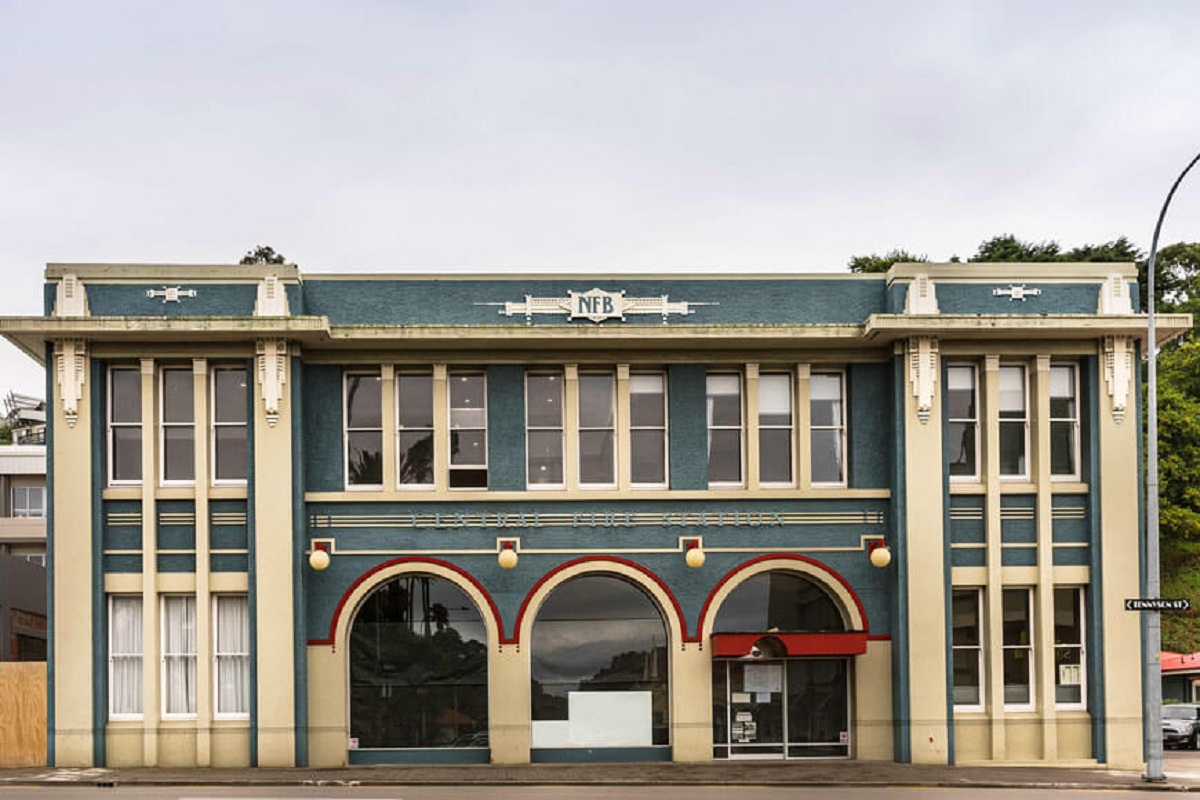



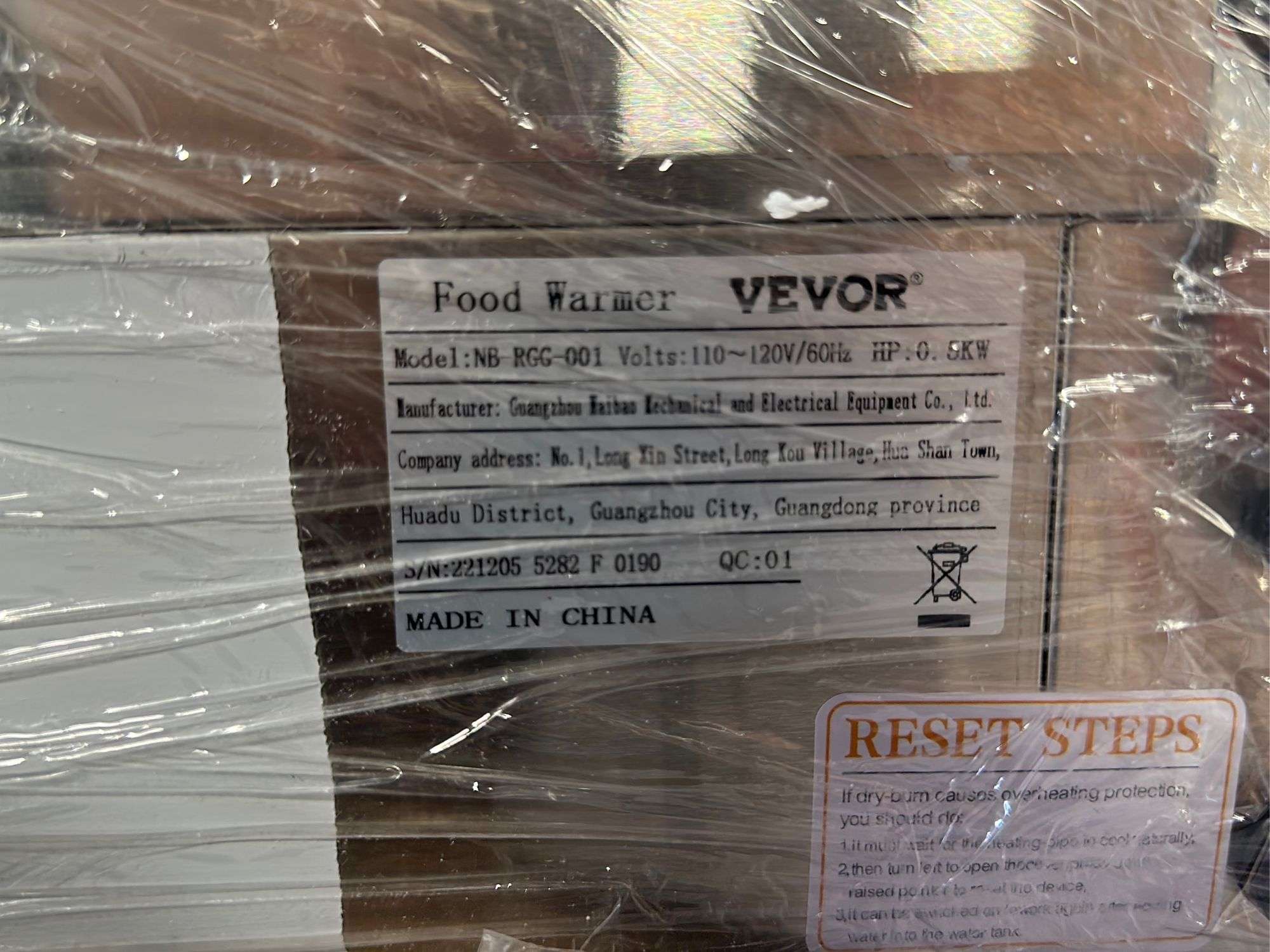
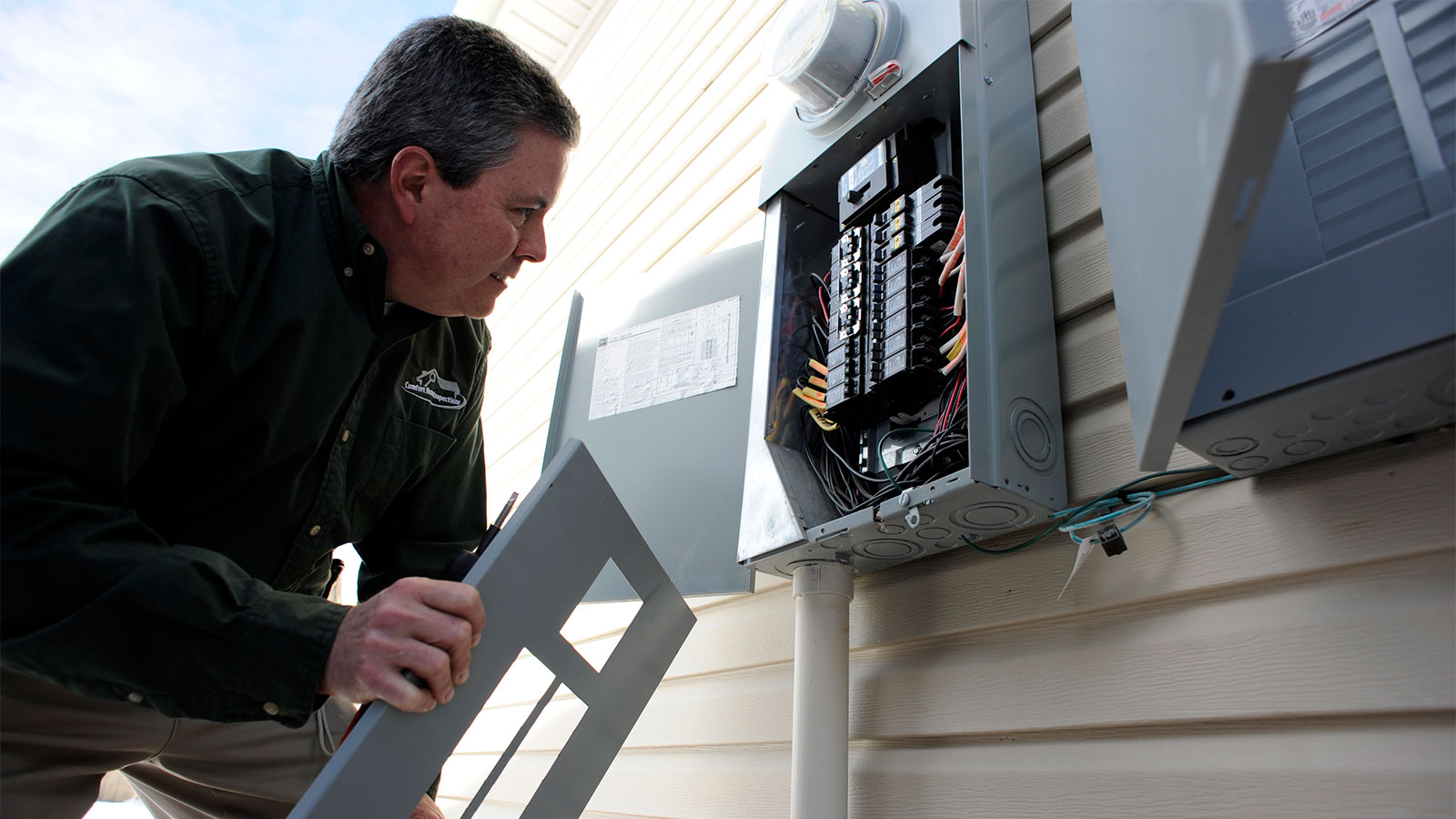
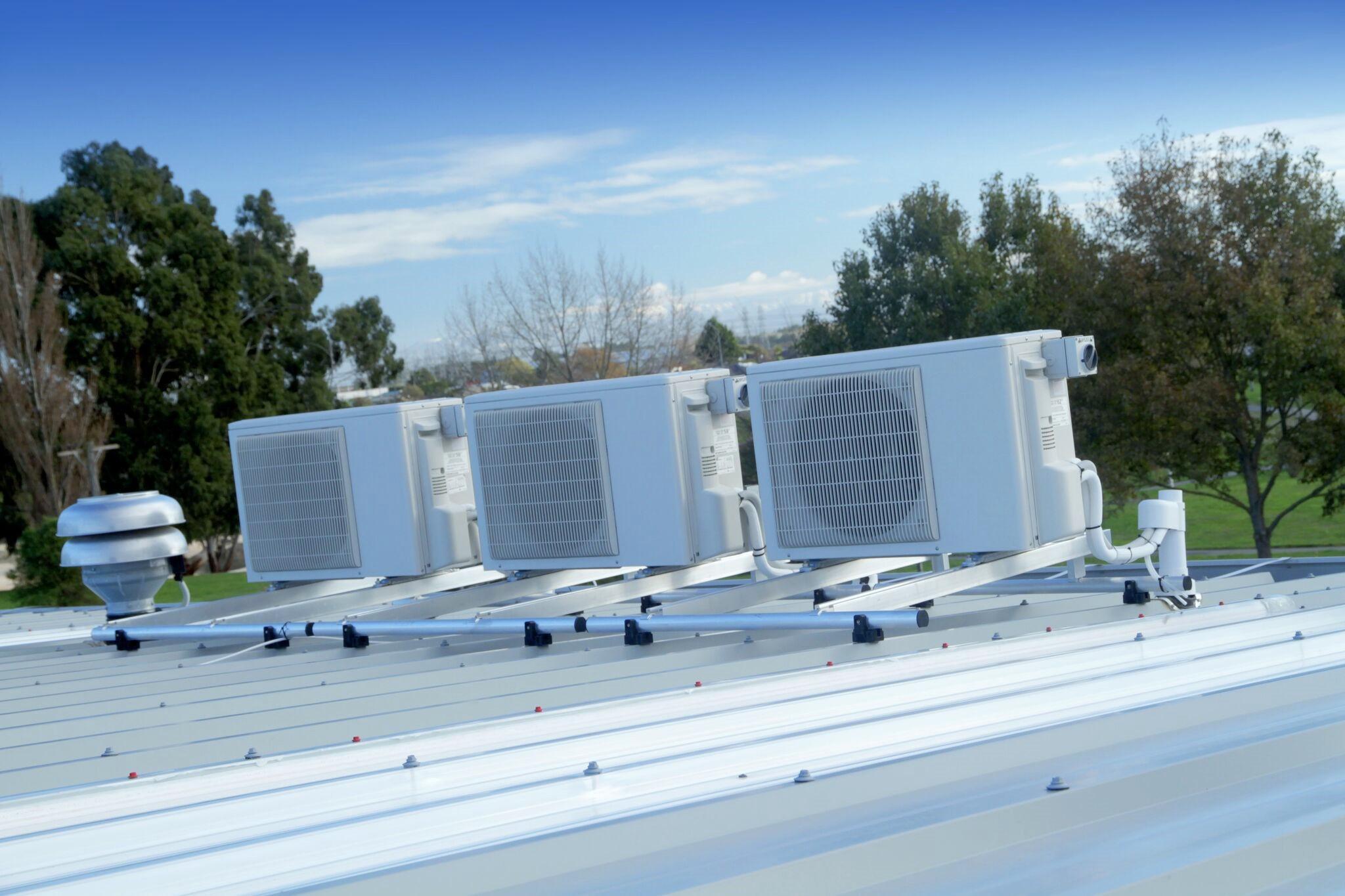

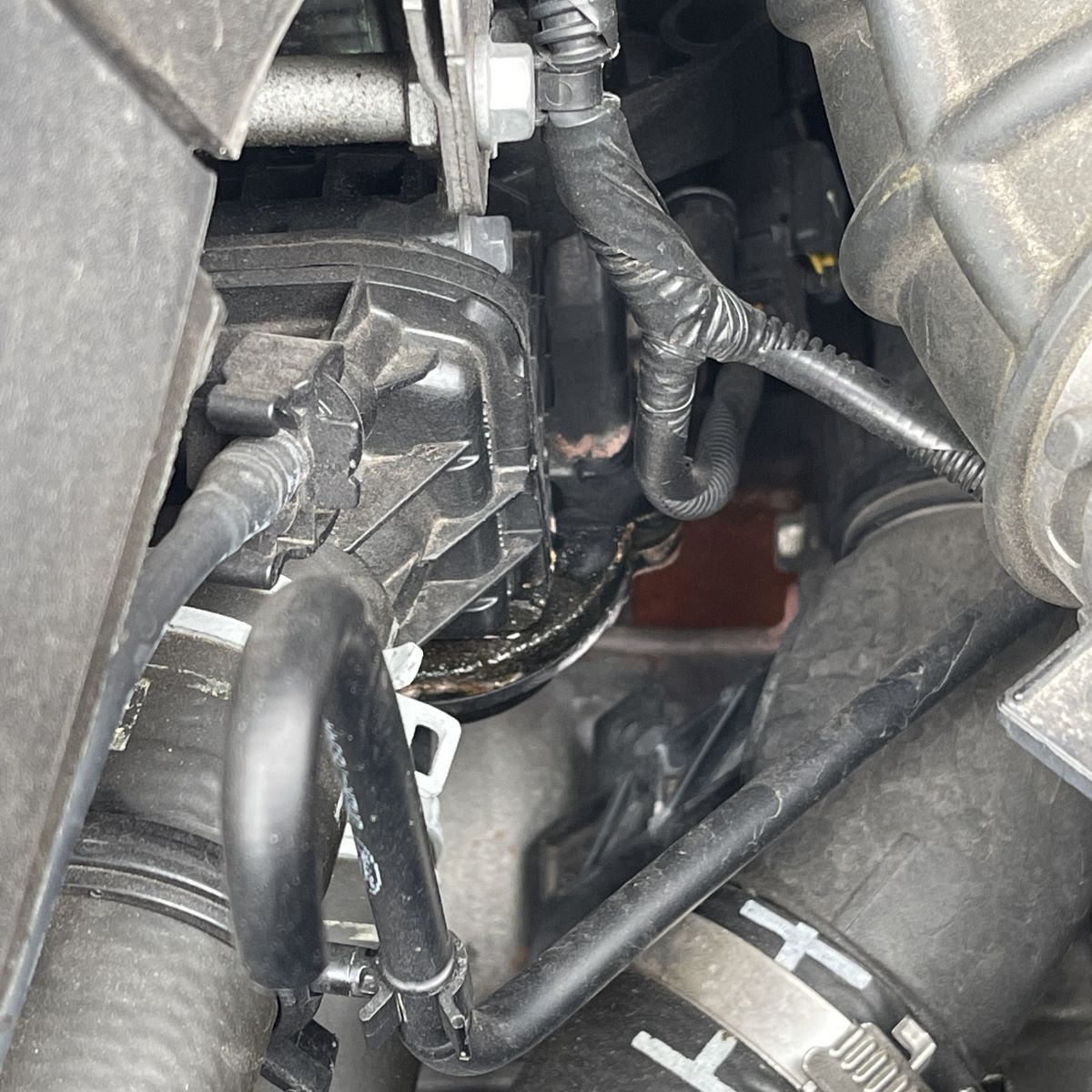

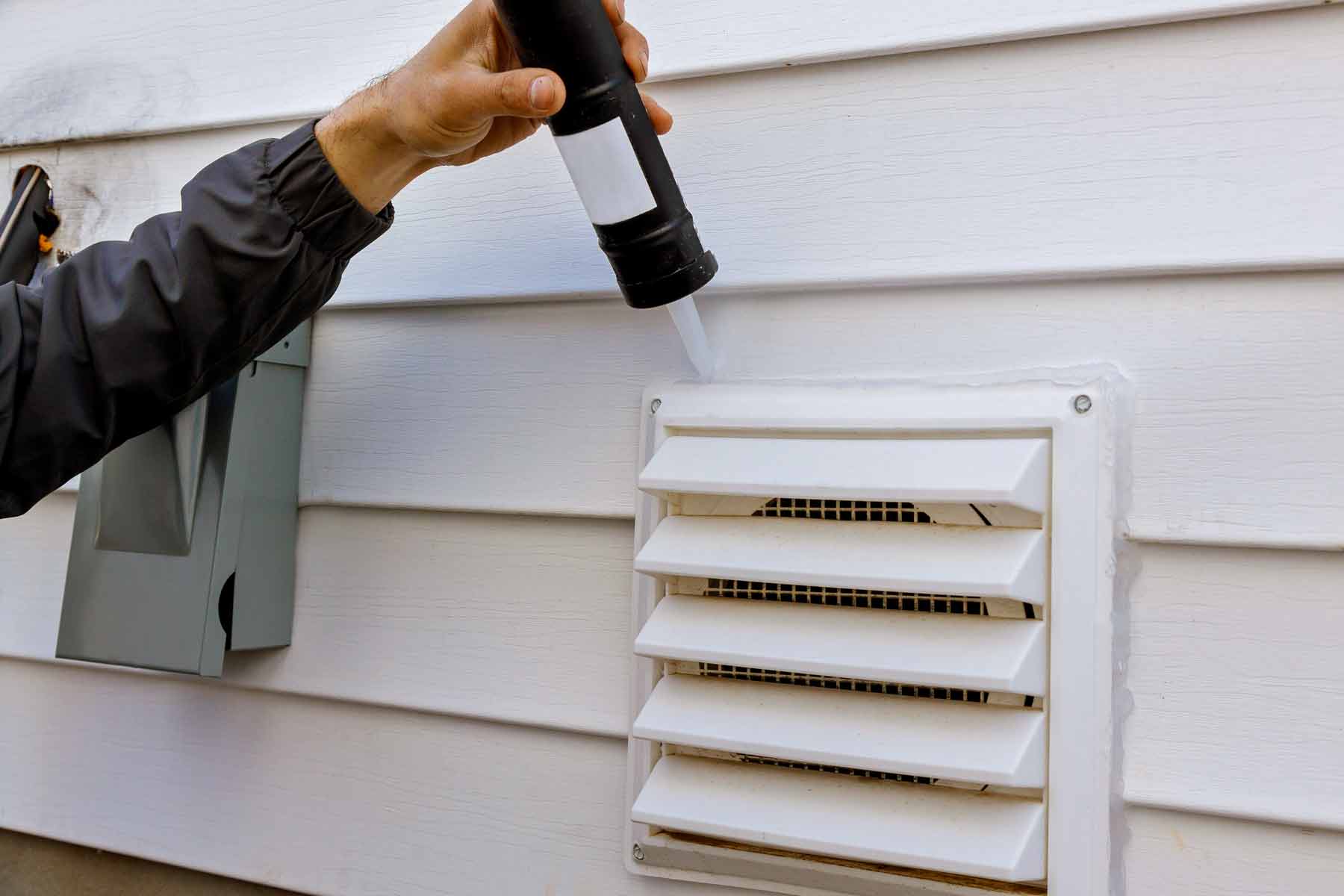
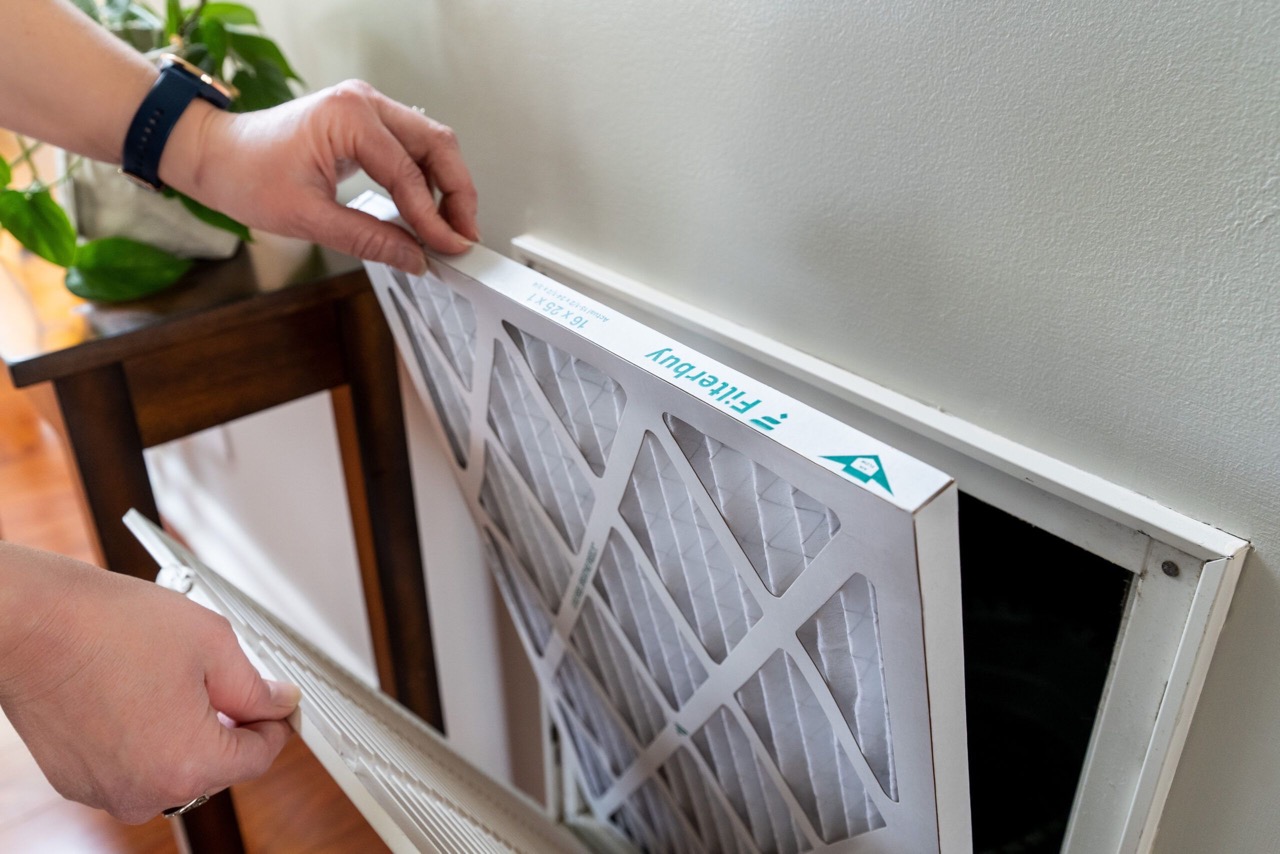

0 thoughts on “Where Is The Façade Located In The Middle Ages”